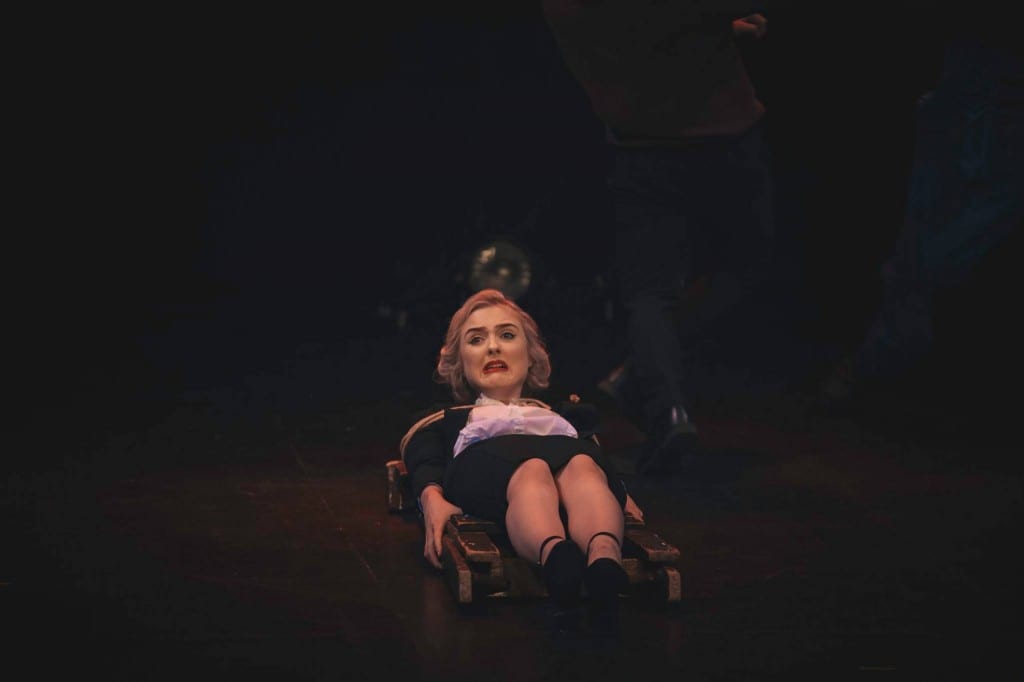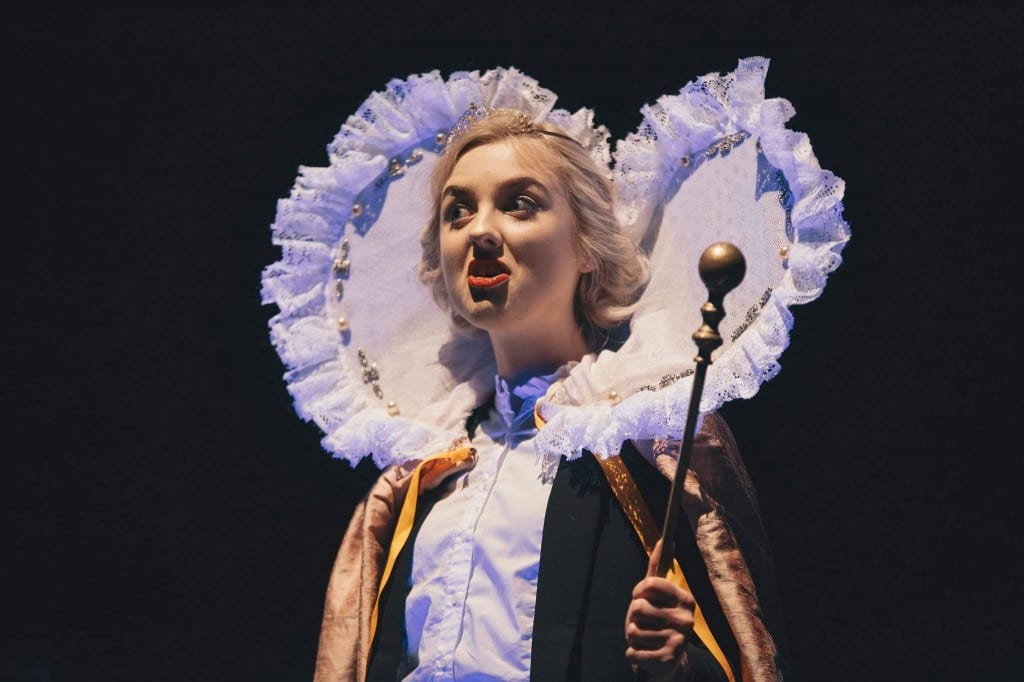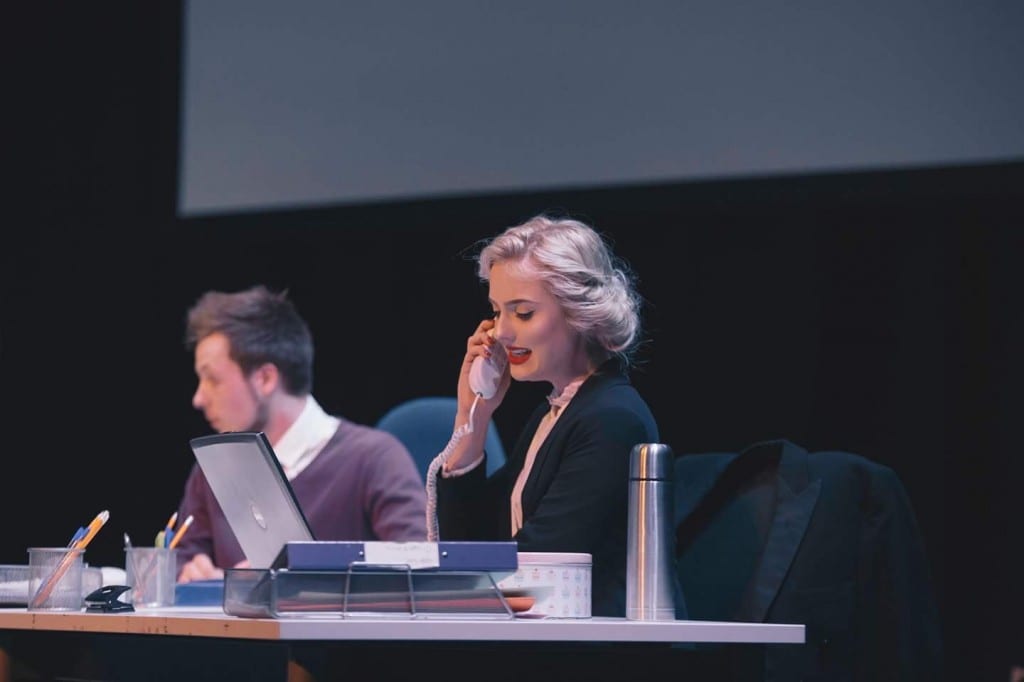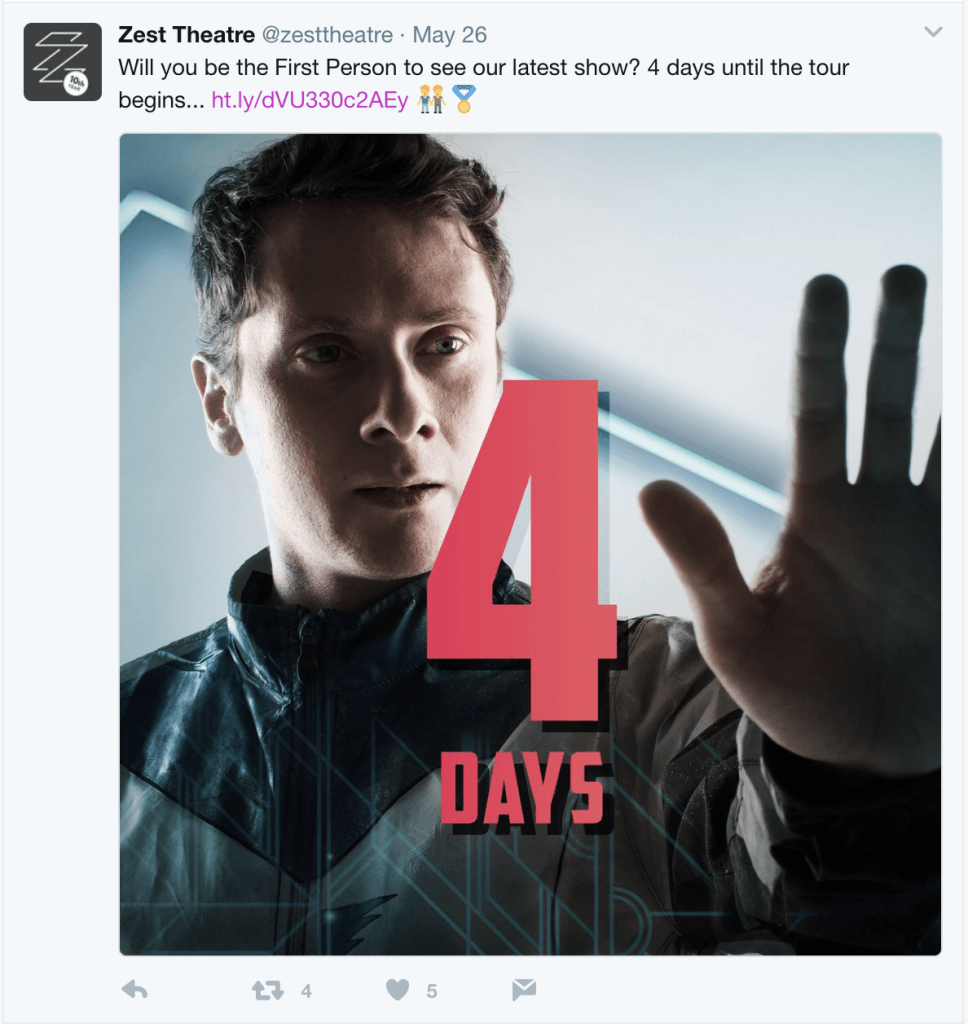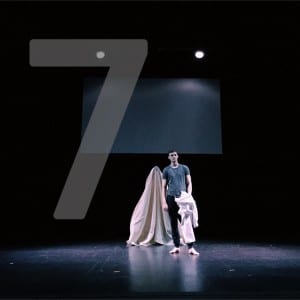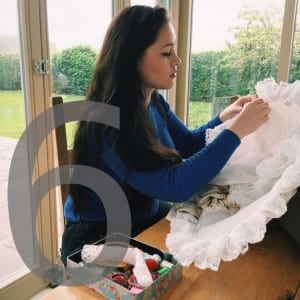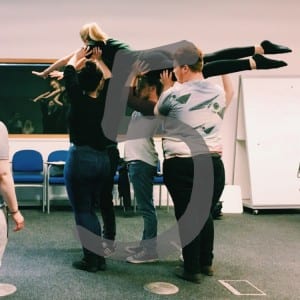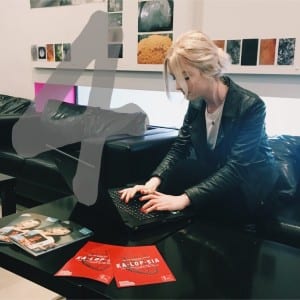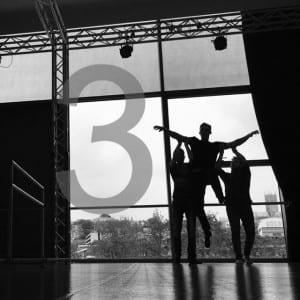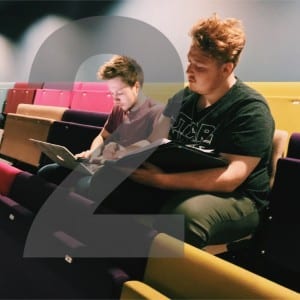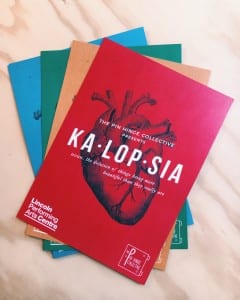Throughout this blog I have discussed my role as Marketing Manager, and even reflected upon my abilities and tasks in this role. However, now that Kalopsia has come to an end, I believe it is important for me to briefly reflect upon my secondary role as a performer.
(Howard Rees-Jones, undated, cited in Facebook.com, 2017)
Performing has always been what I’ve wanted to do. From very early on in my educational career, I knew that acting was the path I wanted to take. Since being at university I have involved myself in as much acting as possible, usually avoiding production/technical roles and focusing solely on acting. I knew that since my time at university was coming to an end, I should branch out and jump head-first into something different whilst I still had the chance.
This was my main reason for choosing the Marketing Manager role; whilst it was a large, very important, and time consuming production role, I would still have the time and flexibility to act in the final show I would have during my time at university.
(Howard Rees-Jones, undated, cited in Facebook.com, 2017)
My character was Beth Campbell, a 23-year-old office worker with big ambitions to become the boss. Of anything. Of everything…? I wanted to ensure that Beth was a multi-dimensional character, therefore I undertook a lot of character profiling and found out things about her, that were hidden in the script, that I had not considered. I based Beth on a younger version of Louisa, Emma’s character. Lousia was the boss of the office, incredibly head-strong, and could come across as a bit of a ‘bitch’ because of her strong female presence *eye roll*.
I decided that Beth should be very similar to how I pictured Louisa was when she first got into business. Driven, with ideas and aspirations perhaps unreachable by others, a work-ethic that others could only dream of, and a lack of time/patience for anything that could disrupt that. However, the major difference I wanted between Beth and Louisa is that Beth still cared somewhat about being liked, whereas Louisa, I feel, had given up.
(Howard Rees-Jones, undated, cited in Facebook.com, 2017)
Beth’s delusion/daydream took place during her speech after successfully getting the promotion at head office. She imagines herself as a Queen, the ruler, addressing her loving subjects; she is leading those that serve her into battle, willing to lay down her own life for her duty (or job). This shows not only Beth’s desire to be a leader, but also her superiority complex over those in the office, which slowly diminishes towards the end as she takes pity on Michael, who she knows is in love with her, and gives him one last nice gesture before she leaves. After all, she doesn’t have to put up with him trying to distract her any more.
(Howard Rees-Jones, undated, cited in Facebook.com, 2017)
Upon reflection, I believe I could have done more physical work on my character. Our choreographer, Holly, gave me some Comedia del Arte characters to research and base my movement around, yet I don’t feel I gave this enough time or experimentation. If I were to play this role again, I would undergo a detailed exploration of these characters and find the features in their movement that I could incorporate in a subtle manner into my movement to create a more naturalistic portrayal.
All in all, I very much enjoyed playing Beth Campbell and would love to revisit the character one day if ever Kalopsia resurfaced. I believe it was a very fitting character to play in my final university performance; driven, headstrong, and sure of where she wants to be. Something I will take with me after graduation.
Works Cited:
Howard Rees-Jones, G. (undated) Kalopsia. [online] Lincoln: Lincoln Performing Arts Centre. Available from https://www.facebook.com/ghrjmedia/?fref=mentions [Accessed 29 May 2017].

